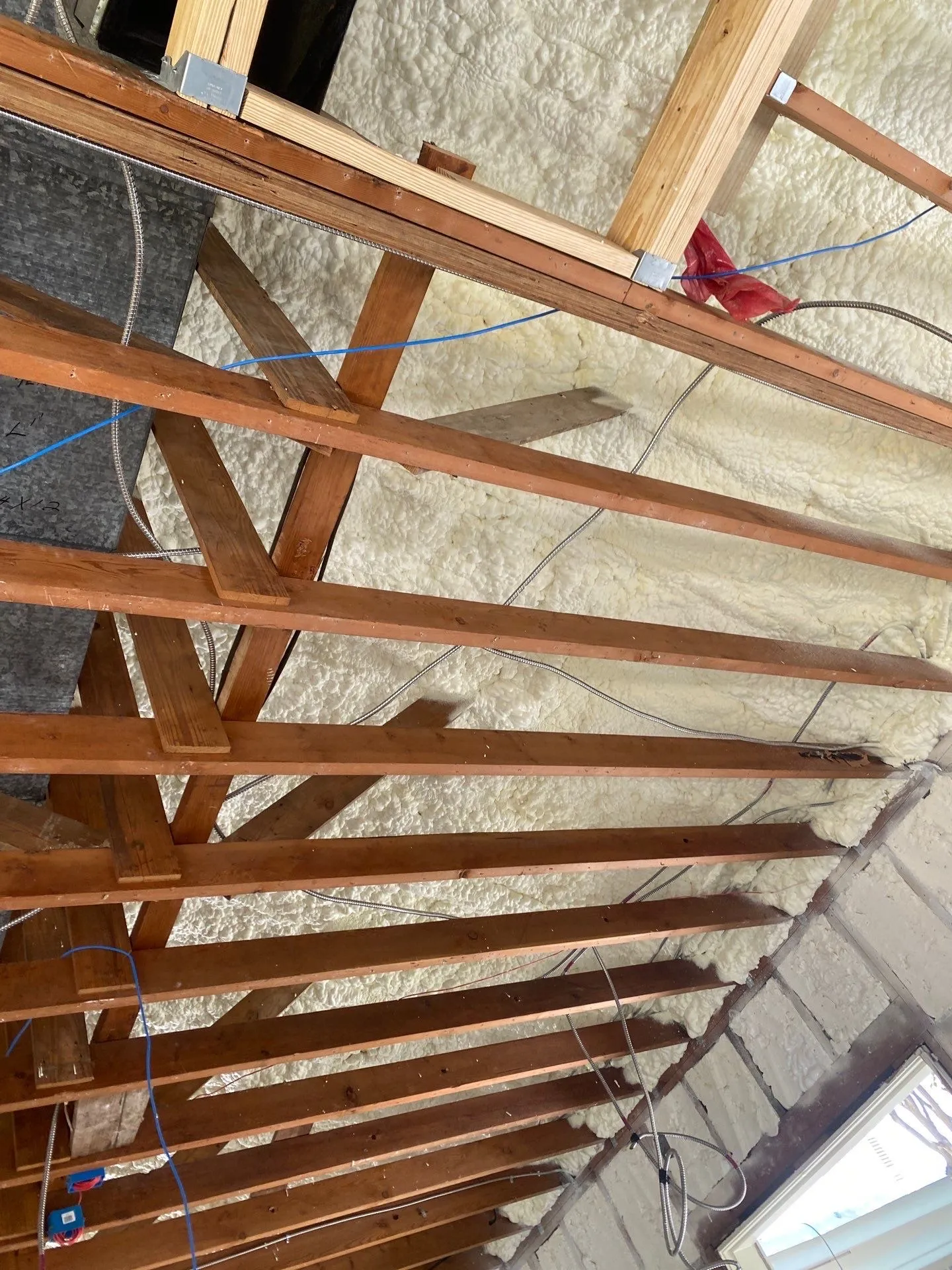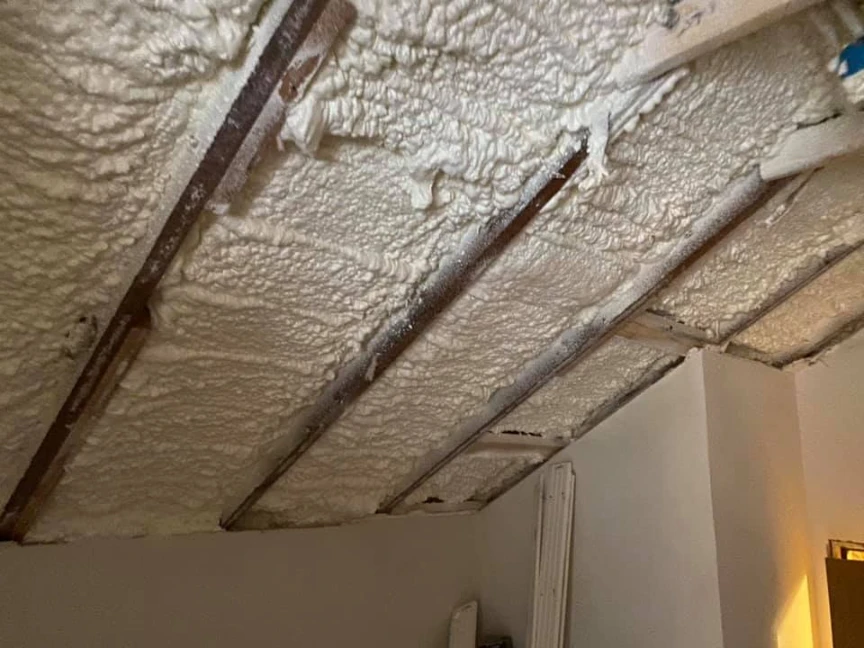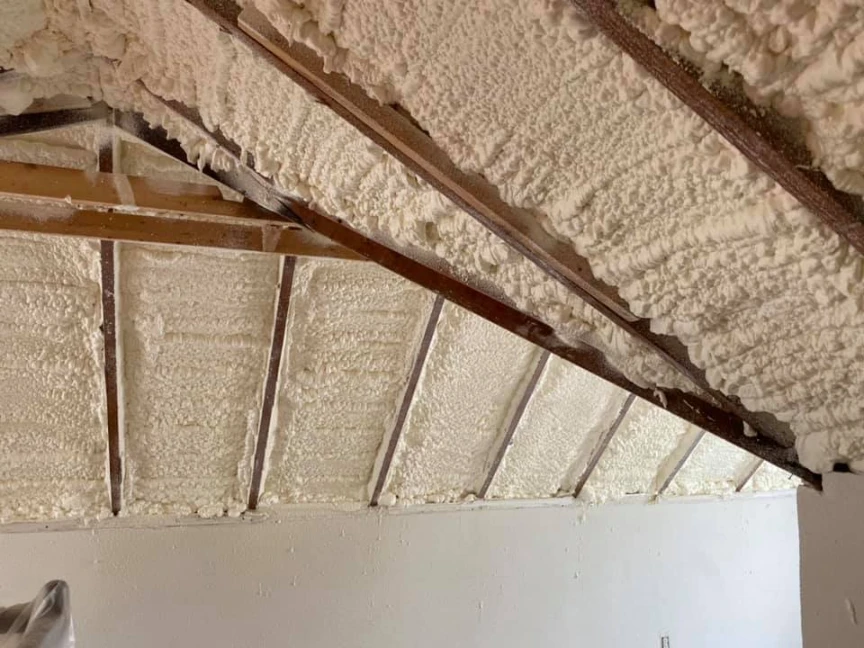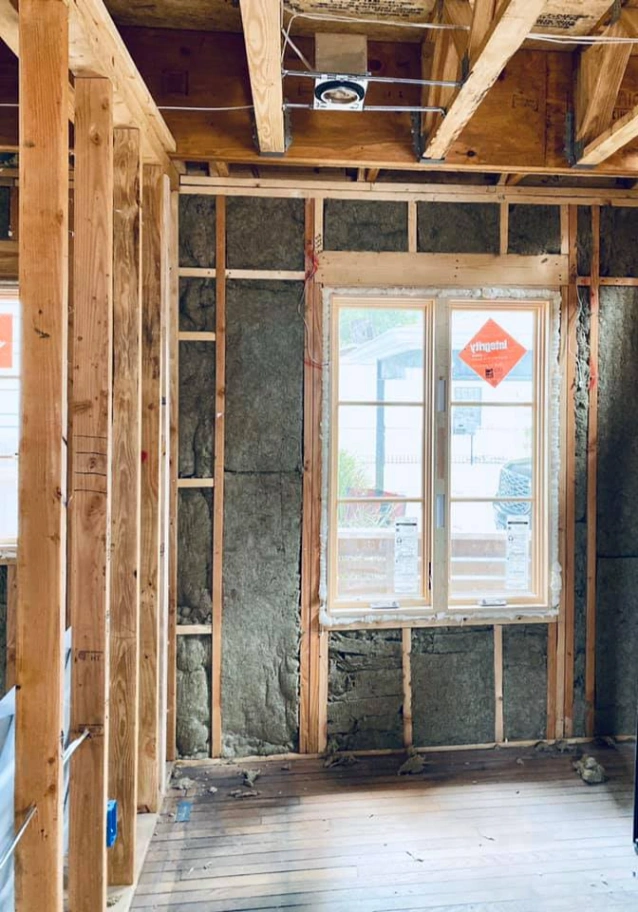Hiring a spray foam insulation installer requires careful questions to ensure quality work. Start by asking about their certification, experience, foam types, preparation process, R-value expectations, ventilation practices, and references. These seven questions help identify reliable professionals who deliver durable results.
This article expands on each question with details to guide decisions. Readers gain practical steps to evaluate installers effectively. Information draws from years of observing insulation projects in various homes, highlighting common pitfalls and successes.
Certification and Licensing
Check if the installer holds proper credentials. Certified installers follow industry standards from groups like the Spray Polyurethane Foam Alliance. Ask: “Do you have certification from recognized bodies, and can you show your license?”
Certification matters because untrained workers risk improper insulation application, leading to issues like off-gassing or poor adhesion. In Texas, where humidity affects foam performance, state licensing ensures compliance with building codes.
Bonus tip: Request proof of ongoing training, as foam technology updates frequently.
Experience with Local Climates
Spray foam behaves differently in hot, humid areas like Central Texas. Ask: “How many projects have you completed in similar climates, and what challenges did you face?”
Experienced installers adjust for high temperatures to avoid expansion problems. Data from the U.S. Department of Energy shows spray foam reduces cooling costs by up to 20% in southern states. Regional knowledge prevents moisture buildup in attics during rainy seasons, as illustrated by this spray foam application in a Texas attic during summer conditions.
Types of Spray Foam Offered
Installers use open-cell or closed-cell foam, each with strengths. Ask: “What types do you recommend for my home, and why?”
Open-cell suits soundproofing but absorbs water; closed-cell repels moisture and insulates better. A table compares them:
| Feature | Open-Cell Foam | Closed-Cell Foam |
|---|---|---|
| Density | Lower (0.5 lb/ft³) | Higher (1.5-2 lb/ft³) |
| R-Value per Inch | 3.5-4 | 6-7 |
| Cost | Lower | Higher |
| Moisture Resistance | Poor | Excellent |
Choose based on space needs, like closed-cell for crawl spaces prone to dampness.
Site Preparation Methods
Proper prep avoids future problems. Ask: “How do you prepare the site before spraying?”
Steps include sealing gaps, protecting surfaces, and ensuring ventilation. Skipping prep leads to uneven coverage. In older homes, installers check for asbestos first to comply with safety rules from the EPA.
Bonus tip: Watch for installers who air out the space post-application to reduce odors.
Expected R-Values and Performance
Insulation effectiveness shows in R-values. Ask: “What R-value will this installation achieve, and how does it fit my home’s needs?”
Aim for R-38 in attics for energy efficiency. The International Energy Conservation Code recommends higher values in warmer climates to combat heat gain. Track performance with blower door tests before and after.
Market data indicates homes with spray foam use 15-25% less energy, per a study by Oak Ridge National Laboratory.
Safety and Ventilation Practices
Foam installation involves chemicals. Ask: “What safety measures do you take, and how do you handle ventilation?”
Workers wear respirators and use fans to disperse fumes. Post-install, homes need airing out for 24-72 hours. The EPA notes proper ventilation cuts indoor air risks by ensuring off-gases escape.
In humid regions, excess moisture during curing can cause mold; good practices prevent this.
References and Past Work
Past performance predicts future results. Ask: “Can you provide references from recent clients, and may I see your portfolio?”
Contact at least three references to ask about timelines, cleanliness, and longevity. Photos of completed jobs reveal attention to detail, like seamless rim joist sealing.
Bonus tip: Inquire about warranty claims handled, as this shows accountability. After reviewing these references, think about the broader factors outlined next to help finalize your choice.
Things to Consider Before Making a Decision
Weigh costs against benefits. Spray foam lasts longer than fiberglass but costs more upfront, around $1-2 per square foot. Factor in energy savings; a Lawrence Berkeley National Laboratory report estimates payback in 3-5 years through lower bills.
Assess home size and layout. Larger attics require more material, increasing expenses. Check for rebates from utilities in Texas, which cover up to 30% of costs for efficient upgrades.
Review contracts for clear terms on scope, timelines, and cleanup. Avoid rushed decisions; compare bids from multiple installers to spot inconsistencies.
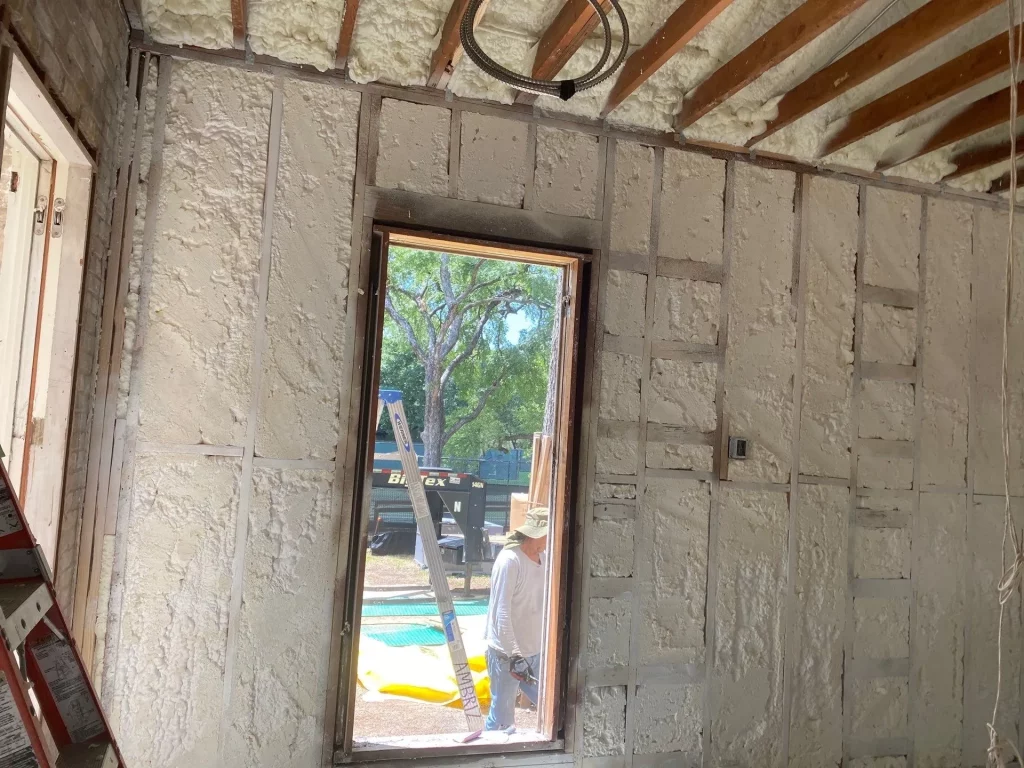
Common Questions
How Long Does Spray Foam Installation Take?
Homeowners often wonder about installation timelines. Projects usually take 1–3 days depending on size, which is shorter than traditional methods.
Can Homeowners Install Spray Foam Themselves?
Another concern is DIY options. Professionals achieve better seals and avoid voids that reduce efficiency, making professional installation the safer, more effective choice.
How Noisy Is the Installation Process?
Noise during work stays low, mainly coming from equipment humming, so disruption is minimal.
What Happens During the Installation Process
Crews arrive with gear and foam kits. They mask areas, spray in layers, and trim excess. Full cure takes 24 hours, but homes remain usable with precautions.
How to Verify the Work Quality
Hire an independent inspector for thermal imaging to detect gaps. This step adds peace of mind, especially in variable climates where settling occurs.
Key Takeaways
Asking targeted questions uncovers installer strengths. Focus on certification, local experience, and safety to secure lasting insulation. Evaluate your home’s unique setup, climate challenges, and budget to choose wisely. Long-term energy savings reward thorough preparation.
Ready to Insulate Your Home
Contact professionals for quotes. Stellrr Insulation & Spray Foam offers guidance at info@stellrr.com or (512) 710-2839. Discuss options to fit specific needs and start saving on energy soon. This step ensures informed choices without pressure.
Frequently Asked Questions
Does spray foam increase home value?
Yes, efficient insulation appeals to buyers. Appraisers note improved energy ratings boost resale by 5-10%, based on location and market.
Is spray foam safe for allergies?
Once cured, it emits no VOCs. Choose low-emission products, and ventilate during install to minimize exposure.
Can spray foam fix air leaks completely?
It seals most gaps effectively, reducing infiltration by 75%, per Energy Star data. Combine with caulking for best results.
What if the foam doesn’t adhere well?
Rare with pros, but check surface cleanliness. Warranties cover reapplication if adhesion fails within a year.
How does spray foam compare to other insulators?
It outperforms batts in air sealing and moisture control, ideal for irregular spaces like around pipes.
Sources
- U.S. Department of Energy – Government resource on spray foam benefits and energy savings in various climates.
- EPA – Agency guidelines for safe installation and ventilation practices.
- Oak Ridge National Laboratory – Research study on energy use reductions from insulation upgrades.


